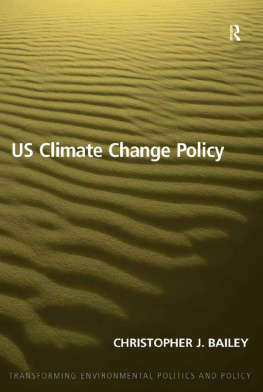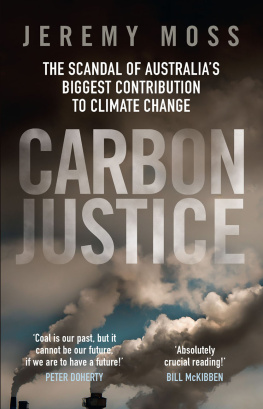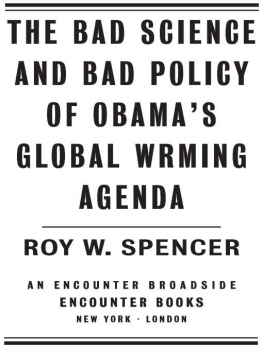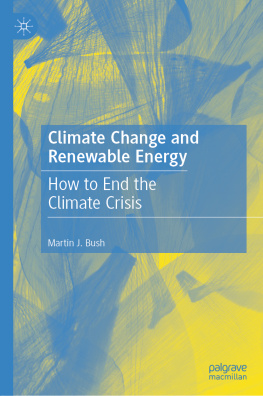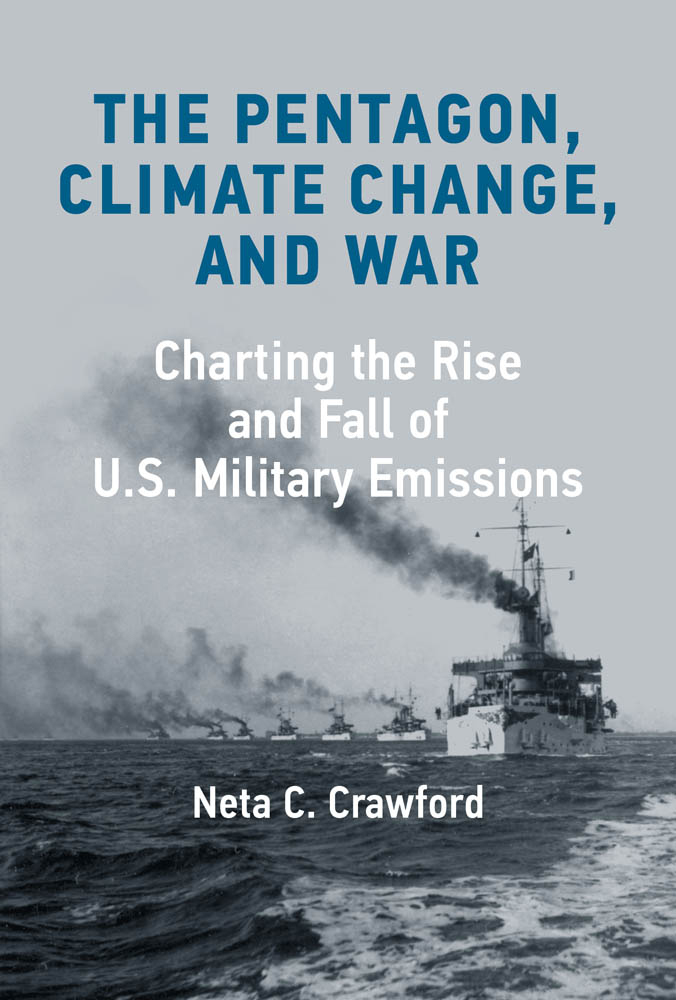Neta C. Crawford - The Pentagon, Climate Change, and War: Charting the Rise and Fall of U.S. Military Emissions
Here you can read online Neta C. Crawford - The Pentagon, Climate Change, and War: Charting the Rise and Fall of U.S. Military Emissions full text of the book (entire story) in english for free. Download pdf and epub, get meaning, cover and reviews about this ebook. City: Cambridge, year: 2022, publisher: The MIT Press, genre: Science / Politics. Description of the work, (preface) as well as reviews are available. Best literature library LitArk.com created for fans of good reading and offers a wide selection of genres:
Romance novel
Science fiction
Adventure
Detective
Science
History
Home and family
Prose
Art
Politics
Computer
Non-fiction
Religion
Business
Children
Humor
Choose a favorite category and find really read worthwhile books. Enjoy immersion in the world of imagination, feel the emotions of the characters or learn something new for yourself, make an fascinating discovery.

- Book:The Pentagon, Climate Change, and War: Charting the Rise and Fall of U.S. Military Emissions
- Author:
- Publisher:The MIT Press
- Genre:
- Year:2022
- City:Cambridge
- Rating:4 / 5
- Favourites:Add to favourites
- Your mark:
The Pentagon, Climate Change, and War: Charting the Rise and Fall of U.S. Military Emissions: summary, description and annotation
We offer to read an annotation, description, summary or preface (depends on what the author of the book "The Pentagon, Climate Change, and War: Charting the Rise and Fall of U.S. Military Emissions" wrote himself). If you haven't found the necessary information about the book — write in the comments, we will try to find it.
The military has for years (unlike many politicians) acknowledged that climate change is real, creating conditions so extreme that some military officials fear future climate wars. At the same time, the U.S. Department of Defensemilitary forces and DOD agenciesis the largest single energy consumer in the United States and the worlds largest institutional greenhouse gas emitter. In this eye-opening book, Neta Crawford traces the U.S. militarys growing consumption of energy and calls for a reconceptualization of foreign policy and military doctrine. Only such a rethinking, she argues, will break the link between national security and fossil fuels.
The Pentagon, Climate Change, and War shows how the U.S. economy and military together have created a deep and long-term cycle of economic growth, fossil fuel use, and dependency. This cycle has shaped U.S. military doctrine and, over the past fifty years, has driven the mission to protect access to Persian Gulf oil. Crawford shows that even as the U.S. military acknowledged and adapted to human-caused climate change, it resisted reporting its own greenhouse gas emissions.
Examining the idea of climate change as a threat multiplier in national security, she argues that the United States faces more risk from climate change than from lost access to Persian Gulf oilor from most military conflicts. The most effective way to cut military emissions, Crawford suggests provocatively, is to rethink U.S. grand strategy, which would enable the United States to reduce the size and operations of the military.
Neta C. Crawford: author's other books
Who wrote The Pentagon, Climate Change, and War: Charting the Rise and Fall of U.S. Military Emissions? Find out the surname, the name of the author of the book and a list of all author's works by series.

